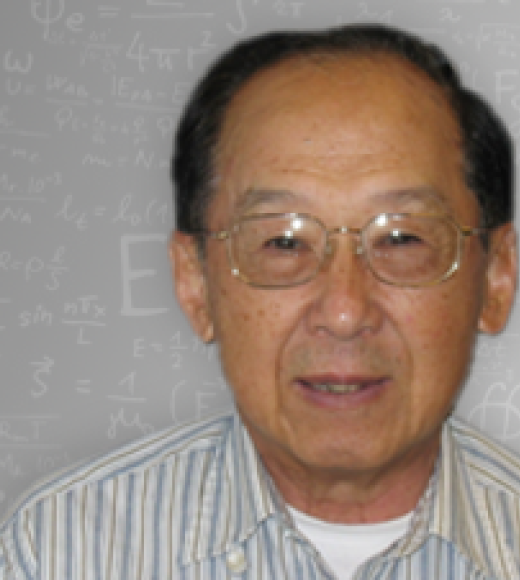
Position Title
Distinguished Professor Emeritus
Research Interests:
My research interests focus on physical explanations of experimental results and designing new spintronic materials by carrying out numerical calculations. The well-known cases are: (i) Explanations of structures in the measured derivative reflectivity of copper, vibrational spectra of amorphous silicon, the measured magnetic moment in dilutey doped Mn in Si and why half metallic CrAs only to be grown in thin film forms. (ii) Demonstration of the presence of the metallic channel on the GW correction of the gap in the semiconducting channel of half metals. (iii) The design of spintronic materials, in particular, half metals having the largest magnetic moment, 5µB, based on the understanding of the electro-negativity of elements, the Paul principle, and the exchange interaction.
A half metal exhibits metallic properties in one of its spin channels while the other channel showing semiconducting behaviors. Consequently, the current in a half metal is 100% spin polarized. Based in the studies of CrAs, the stability issue of a half metal has also been addressed in designs. With the finite density of states at the Fermi energy and its stability, a half metal is a promising spintronic materials.
To design half metals, one should have:
(1) The basic understanding of quantum mechanical descriptions of electrons, phonons, magnons and many-body effects.
(2) Good physical intuitions about how electrons, their spin moments, and electro-negativities of atoms.
These efforts have been supported by a grant from National Science Foundation (NSF) for 16 years until I retired in 2019. They are also exemplified in my two co-authored books, 'Half-metallic materials and their properties' published in 2013 and 'Recent progress in silicon-based spintronic materials' published in 2015. They describe many experimental and theoretical methods and demonstrate how physical pictures helping to build physical intuitions.
Present projects involve (a) the ad-atoms diffusion on Ge surface which is a collaboration with Professor S. Chiang. This project is supported by NSF; (b) the high harmonic generation (HHG) which is a potential scheme generating new light sources.
Research Areas
Career History
- Ph.D., University of California, Berkeley, 1968
- Assistant Professor, University of California, Davis, 1969-1974
- Associate Professor, University of California, Davis, 1974-1978
- Professor, University of California, Davis, 1978-2005
- Distinguished Professor, University of California, Davis, 2005-Present
Honors
- Organization Committee Member for the International Conference and Exhibition on Mesoscopic & Condensed Matter Physics, 2014 and 2018
- Chair, the Selection Committee for Nicholas Metropolis Prize of American Physical Society (APS), 2016
- Distinguished Scientist, Chinese Academic of Sciences, 2008-2012
- Distinguished lecturer, Nanotechnology Center, Bilkent University, Turkey, 2011
- Member, Editorial Board of the 'International Journal Computational Science' 2007 – 2018
- Outstanding Referee, APS, 2008
- Chair, APS California-Nevada Section, 2007
- Fellow, Institute of Physics, UK, 1999
- Editor of two books: 'Properties of Impurity States in Superlattice Semiconductors' 1987 and 'Topics in Computational Materials Science' 1998
- Member, Editorial Board of Applied Physics and Applied Physics Letters, 1995-1997
- Fellow, APS, 1995
- Member, Editorial Board of Modelling and Simulation in Materials Science and Engineering, 1992-2011
- Summer Faculty Fellow, IBM, 1989
- Chair, NATO Workshop, 1987
- Summer Faculty Fellow, NASA-ASEE, 1977 and 1978
- Gordon-McKay Fellow, Harvard University 1962-1963
